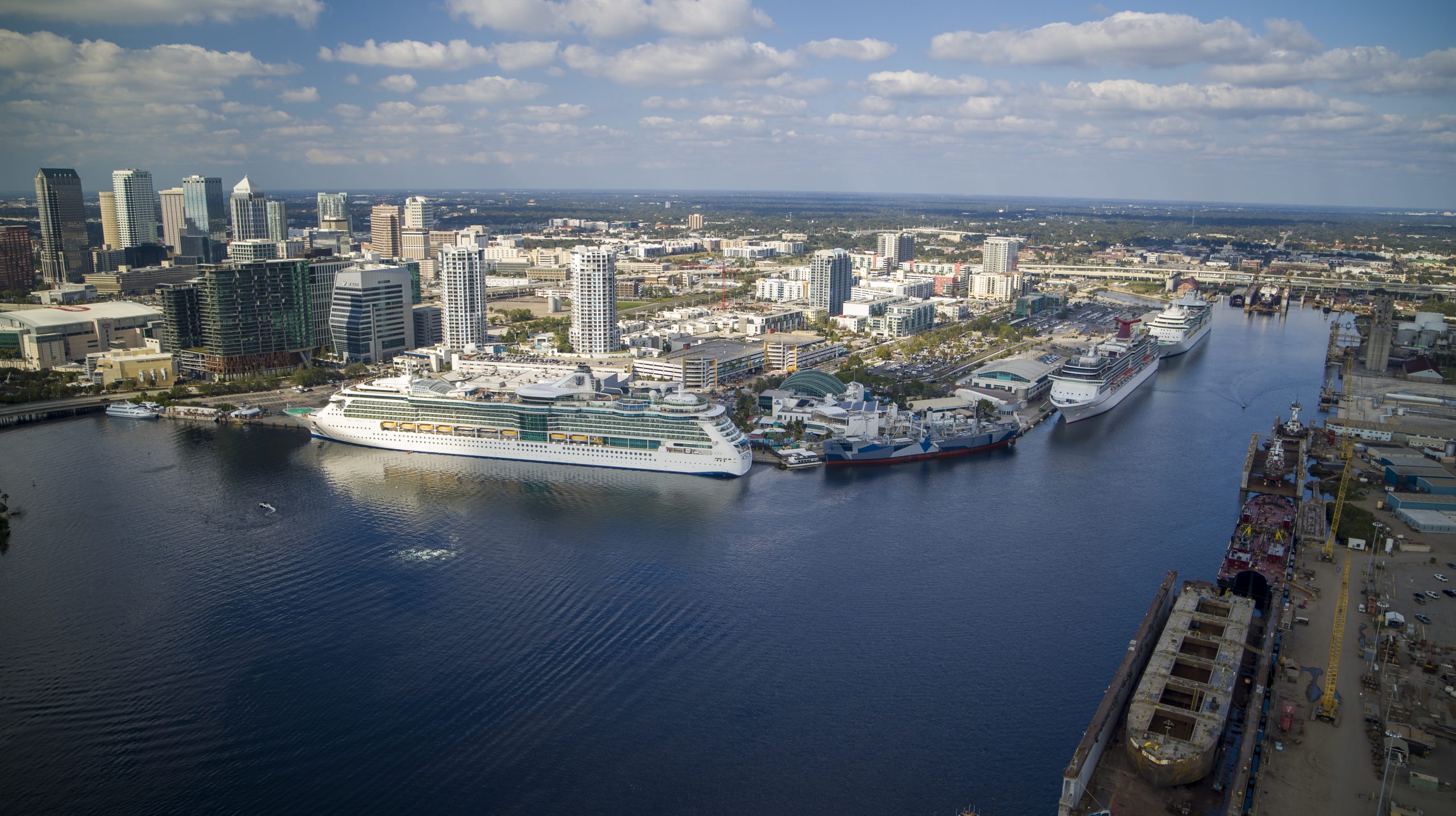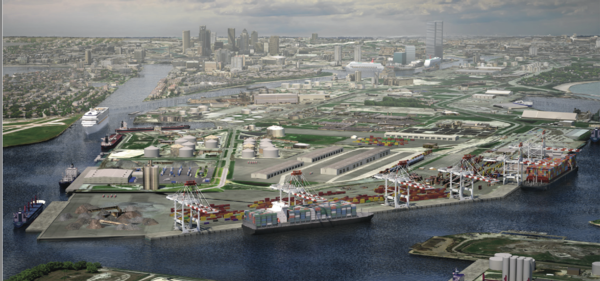Planning & Development
Strategic Creation & Execution
Port Tampa Bay’s Planning & Development team guide long-term growth with foresight and strategy. They develop economic benefit studies, strategic master plans, and port vision plans.
With eyes on global trade trends and regional growth, the department drives infrastructure expansion, terminal upgrades, and smart landuse planning, while securing capital funding and aligning initiatives across local, state, and federal partners.
Masterplan: Vision 2030
Unveiled December 8, 2016, Vision 2030 charts a dynamic roadmap for the port’s evolution – rehabilitating, modernizing, and expanding marine terminals, strengthening cargo and cruise operations, and building the supporting infrastructure that keeps Port Tampa Bay competitive, resilient, and ready for tomorrow.

